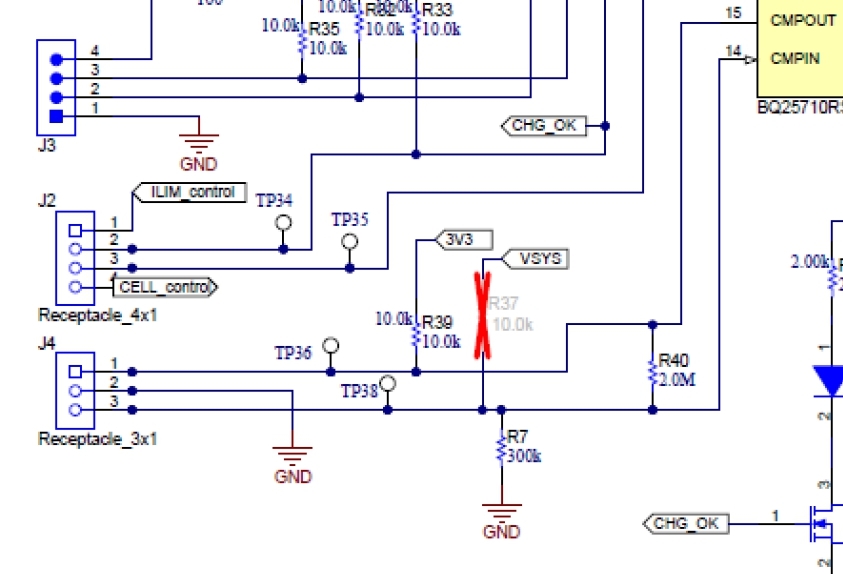Other Parts Discussed in Thread: BQ24610, CSD17551Q3A, CSD17578Q3A
Hello,
I was wondering if the battery charge would be capable of charging an Ansmann 4S4P battery, The amount of cell the battery pack has is 16 Cells
Nominal Voltage of 14.8V and a nominal capacity of 13800mAh
I understand it mentions from 1-4S and 1-6S but would you think the BQ25713 and the BQ24610 would be capable of charging this battery packs safely? Also, is it possible to restrict the charging rate to 4A?
I hope to hear from you soon!
Best regards
Mo


